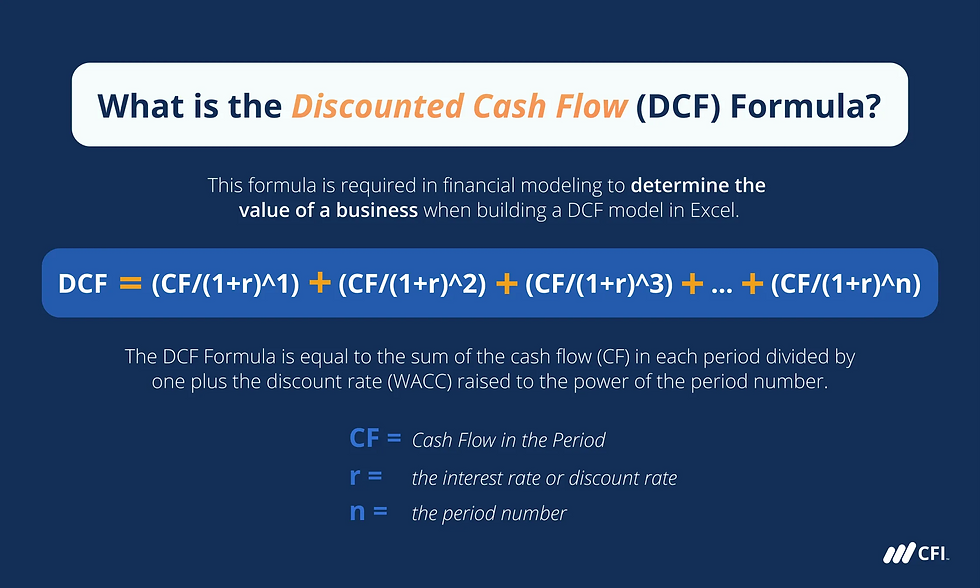Operations Management - Strategic Decisions Part I (28.1)
- Thiago Casarin Lucenti
- Oct 27
- 4 min read
Chapter 28 - Operations Strategy
Class Objective: To understand the many changes and possible strategic decisions regarding Operations Management
Operations Strategic Decisions are also multi-departmental: they require the analysis and will impact various facets of the business. Think of the following Operations Strategic decisions:
Expanding or reducing capacity;
Locating or relocating a business;
Offshoring or reshoring;
Outsourcing;
Changing operations (production) methods;
Application of IT and AI on operations.
Can you grasp how those decisions are interconnected with other departments' resources and decisions themselves? Examples:

Capacity expansion require long-term sales forecast (Marketing), workforce planning (HRM), and financial resources;
Operations relocation require suitable supply of labor in the new location (HRM), efficient distribution channels to customers (Marketing), and financial resources to buy and develop the new site.
In both cases, if resources are not available, the decision needs to be revised or abandoned.
IT and AI in Operations Management
Computer-Aided Design (CAD):

Used to design physical products, such software performs calculations on shape, size, and variety to find optimal (cost vs. benefit) fitments.
It is used to create 3D models enabling engineers to visualize design variations meanwhile minimizing the cost of prototyping.
CAD Benefits:
- Lower product development costs;
- Increases productivity;
- Improves quality;
- Reduces product time-to-market;
- High level accuracy (reduced errors);
- Provides visualization of future products and components.

CAD Limitations:
- Complex technology - requires training;
- Can be costly (large amounts of computing power is required);
Computer-Aided Manufacturing (CAM) - automation in which technology controls the production process:
- Manufacturing precision (less quality issues);
- Faster and increases productivity;
- Flexible production allowing multiple different outputs to be produced;
- High capital cost and training costs;
- Maintenance costs;
- Inaccessible to small businesses.
Important:
CAD and CAM Integration: allows more design variants of a product to be produced. This means that niche products can be produced as well as mainstream mass-market products, often on the same production line. This form of mass customization increases the competitiveness of businesses in both small and large market segments.
AI Impacts on Operations (Still Developing):
- Automation of tasks (↑ productivity);
- ↑ Customer service (e.g. call center 24/7) leading to ↑ customer satisfaction;
- Frees up employee time for higher-level work (creativity);
- ↑ Workers' motivation as boring tasks are removed.
Other recent applications of AI in Operations:
Banking applications processing customers' loan requests quicker;
Online payment systems identifying potential frauds;
Manufacturing maintenance scheduling finding the optimal timing.
Operational Flexibility: the ability of companies to match changes in demand (volume and type) without large changes to their already in place operations highly improving efficiency. It allows businesses to respond to unique product specifications increasing customer satisfaction.
To improve flexibility businesses can:
- Increase capacity to be able to quickly respond to demand increases;
- Outsourcing part of production so that it can be varied;
- Holding high inventories in case of demand spikes;
- Employing and training flexible and adaptable workforce;
- Investing in technology that allow for mass customization.
Process Innovation is another connected concept: investing in new ways of producing and delivering products and services to customers. Examples:
Pilkington Glass created a competitive advantage with their innovative, patented, and efficient manufacturing process.
Amazon Prime Air:

Innovation is, nowadays, determinant for business success. Not only it can reduce costs but it also creates new market opportunities. Innovation can be patented and licensed.
Business in Action 28.1 - Discussion

Enterprise Resource Planning (ERP): the use of a single computer application to plan the purchase and use of resources in an organization to improve operations efficiency.
Used to coordinate and link all systems to complete a customers' order: inventory control, reordering supplies, planning operations/production, marketing, planning human resources, and billing customers.
Example: Specialist bicycle manufacturer:
A unique racing bicycle is ordered by a customer (credit sale);
The order is recorded on the manufacturer’s ERP program;
The program automatically sends a purchase order to suppliers for the specialist components required;
A skilled worker is allocated the task of assembling the bicycle;
The total labour time taken plus the cost of components is added together so that the marketing department can calculate the selling price;
The customer is sent an invoice;
When payment is made, the accounting records are updated;
The ERP program could also handle bicycle repair orders, manage spare parts inventories and provide forecasts of future sales to plan workforce needs over the next few months.
Example: Amazon - Watch at Home!
The benefits of such systems, therefore, are clear:
Supplies can be effectively managed - JIT (↓ costs);
Effective utilization of capacity;
Accurate costing of each part, component, labor enabling accurate pricing;
Improve delivery times and customer service;
Better coordination among departments (↓ costs ↓ waste);
Information collected can be used for decision-making (e.g. change of suppliers).
ERP Potential Limitations:
Costly systems and computing power necessary for such applications;
Badly implemented ERP can make operations less efficient;
Cost of training;
Departments need to adapt to a new way (change management) which can cause resistance;
It takes from 1 to 3 years for the full implementation of an ERP system - technology can become obsolete demanding further investments.
Business in Action 28.2 - Discussion
Chapter 28 - Operations Strategy



Comments